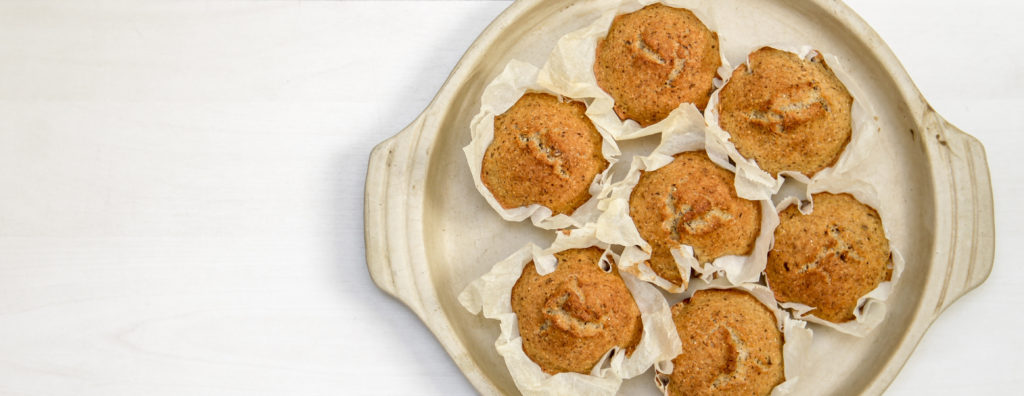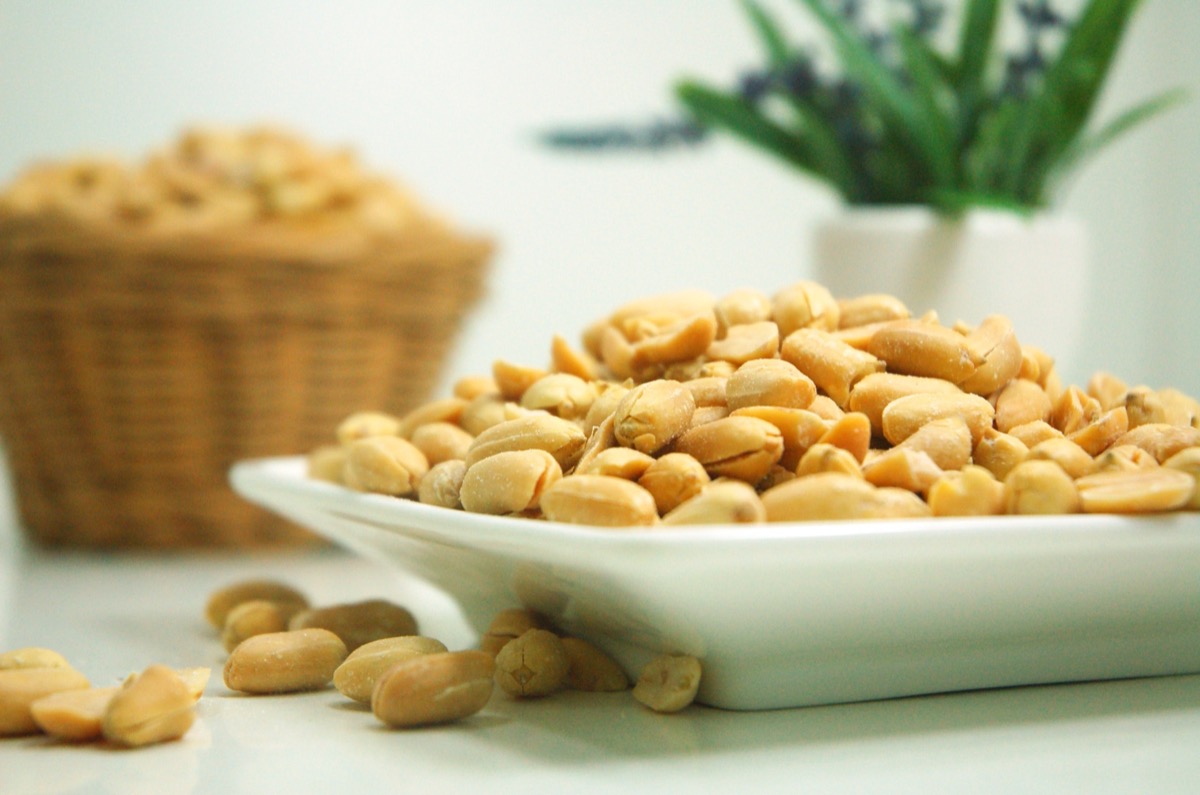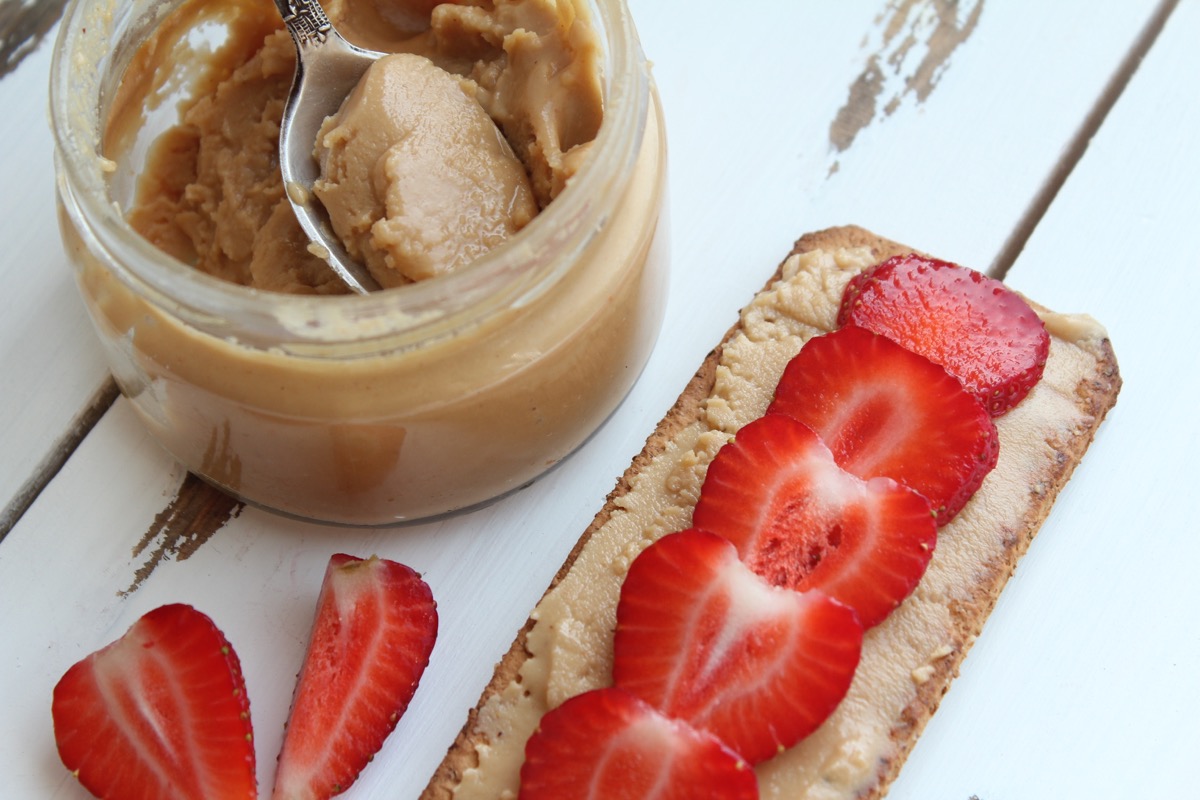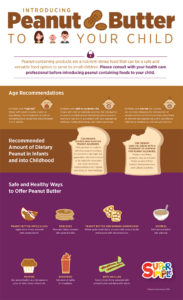
Many parents are confused about when to start solids, what foods to start with, and how to safely do so, especially in order to minimize the risk of their child developing a food allergy. To further the confusion, food-related parenting advice is not “age old” wisdom that we can rely on being passed down from generation to generation.
This could not be more true than when it comes to exposing infants to new foods, including top allergens like peanuts.
How our parents fed us as children decades ago or even what we did with one child a couple of years ago may no longer be what is the latest best practice in food parenting. That is because as with a lot of nutrition-related research, studies are constantly coming up with new findings for how we can improve our children’s health through food, as early as infancy.
In the summer of 2017, new research and evidenced-based recommendations were released that gave updated guidelines on how old, how much, and how to serve peanut-containing products to infants as young as 4-6 months. This post will review what the latest recommendations are so that you can easily implement the safest approach to offering peanuts to your infant.
How old: A Review on the Most-Recent Age Recommendations for Introducing Peanut Butter

Based on “The Addendum Guidelines for the Prevention of Peanut Allergy in the United States,” when peanut protein is first introduced depends foremost on an infant’s risk, determined by a predisposition to eczema and/or an allergy to eggs.
In infants with “high risk” (those with severe eczema and/or an egg allergy), the introduction of peanut-containing food should take place between 4 to 6 months. It is recommended that successful introduction of other foods take place prior to peanut introduction in order to ensure developmental readiness. Additionally, in infants deemed “high risk,” peanut-containing foods should not take place until peanut-specific allergy testing has first been performed to determine if peanuts should be introduced at all and if so, using what approach. Depending on a child’s risk of reacting to peanuts, parents may be advised to completely avoid peanuts or to introduce peanuts via an oral food challenge in a supervised office setting, or be able to introduce peanuts at home.
In infants with mild-to-moderate risk (those with mild to moderate eczema), the introduction of peanut-containing food should take place around 6 months of age and in accordance with age-appropriate readiness, family preferences, and cultural practices. Infants in this category may have peanut introduced at home without an in-office evaluation, unless an in-office supervised feeding, evaluation, or both, is preferred by the parent and/or health practitioner.
In infants with low risk (no eczema nor any food allergies), the introduction of peanut-containing food should take place freely as deemed age-appropriate and in accordance with family preferences and cultural practices. Such introduction may take place in the comfort of one’s home.
How Much: A Review on the Recommended Amount of Dietary Peanut in Infants and into Childhood
For infants deemed high risk for peanut allergies: If the decision is made to introduce peanut proteins to an infant in the high risk population, the total amount to be regularly consumed per week should be approximately 6 to 7 grams over three or more feedings (see reference in Appendix F for details on the amount of peanut protein per food and household measure). To be discussed with a health care provider, this amount of dietary peanut may be continued to age five.
For infants (and children) with a moderate to low risk for peanut allergies: peanut containing products may be enjoyed freely as part of their family’s food preferences and cultural practices. Since peanut-containing products often offer valuable nutrients for young children and infants, such foods may be included as a source of plant-based protein and/or fat as part of an overall healthy diet (see MyPlate for Kids for more info).
How to Serve: a Review on Safe and Healthy Ways to Offer Peanut Butter

Because of whole peanuts shape and the thick texture of peanut butter spread, many parents are unclear on how to safely introduce peanut proteins to their infants and young children. Provided here is a list of safe and healthy ideas that extend into childhood:
• Apple cookies: apple slices thinly smeared with peanut butter and topped with fresh fruit to make an engaging face, like the Noodle “Cookies” posted yesterday
• Ants on a log: celery sticks thinly smeared with peanut butter and lined with raisins
• Peanut butter and banana sandwiches: whole grain bread thinly smeared with peanut butter and topped with sliced bananas. Use smashed berries or a chia jam too for another tasty variety on this classic kid-favorite!
• Smoothies: to make a morning or snack time smoothie more filling, add peanut butter to your blender for a healthy boost.
• Oatmeal: swirl peanut butter into a variety of flavors of morning oatmeal combinations
• Muffins: look for healthy muffin recipes that boost the nutritional value by using peanut butter as a fat source in place of other more refined oils.
• Pancake faces: Similar to apple cookies above, use peanut butter as a spread on morning starches like pancakes. Not only will this add a healthy bit of fat and protein to a carbohydrate-rich meal, but it entices children to build a face or stack a sandwich instead of covering their pancakes with syrup.
A Place for Peanuts
Peanut-containing products are a nutrient-dense food that can be a safe and versatile food option to serve to small children. We hope that this article has helped to clarify some of the cautions and concerns relevant to children at risk for peanut allergies, while also mitigating fear amidst families who may freely enjoy peanut-containing foods as part of a balanced diet.
Don’t forget to follow us on Twitter, Instagram, Pinterest, and Facebook!
 Contributor
Contributor
Ashley Smith is a pediatric dietitian and mom to two apprehensive eaters (ages 4 and 2). Her mission is to bring other families less meal time stress and more feeding success. Ashley does this each week through sharing simple approaches to meal planning and effective strategies for raising healthy eaters. Follow her on Instagram @veggiesandvirtue or her blog, www.veggiesandvirtue.com.
Original content © 2018 Super Simple. Not to be reprinted without express written permission. Terms of Service.


